|
Play expert and game inventor Andrea Cuadra shares her favorite board games.
Throughout my time inventing games, including FlappyNauta, Misión Alien, and Blob,
I learned about what makes a good game—so much that game elements creep into my work, like into my master’s project, Goodnight News, a playful, interactive children’s book I co-authored.
I’ve also attended New York Toy Fair three times, with the intention of playing as many games as I possibly could (including this giant bubble game!): I've also spent a disproportionate amount of time at board game cafes, which serve food AND games, and hosting game nights—all while actively observing the effects of games on people. I’ve found that games have varying levels of chance, strategy, skill, and negotiation. The games that will get players into a state of flow—an important state of mind that generates happiness; in state, you’re 100% immersed in an activity and forget about everything else—have a balanced combination of all those components. Another key trait I look for: rules that are not a pain in the butt to remember, an important consideration when including new players.
Another key trait I look for: rules that are not a pain in the butt to remember, an important consideration when including new players. (Remember: "play," by definition, ensures mutual enjoyment of all players.) With these criteria in mind, here are some of my top recommendations: 1. Munchkin. Munchkin is a dedicated deck card game by Steve Jackson Games, written by Steve Jackson and illustrated by John Kovalic. It is a humorous take on role-playing games, based on the concept of munchkins (immature role-players, playing only to “win” by having the most powerful character possible). — description from Wikipedia
2. Codenames. Codenames is a 2015 board game for 2–8 players designed by Vlaada Chvátil and published by Czech Games. Two teams compete by each having a Spymaster give one-word clues which can point to multiple words on the board. The other players on the team attempt to guess their team’s words while avoiding the words of the other team. In the 2–3 player variant, one Spymaster gives clues to the other player or players. — description from Wikipedia
3. Pictionary. Pictionary is a charades-inspired guessing word game invented by Robert Angel with graphic design by Gary Everson and first published in 1985 by Angel Games Inc. Hasbro purchased the rights in 1994 after acquiring the games business of Western Publishing before eventually selling the rights to Mattel. The game is played with teams with players trying to identify specific words from their teammates. — description from Wikipedia Note on Pictionary: I selected Pictionary, because it’s in my opinion the mother/father of drawing games, but there are many other drawing games that are great like Telestrations or Drawful (actually a video game, but has the feel of a board game).
4. Settlers of Catan. The Settlers of Catan, sometimes shortened to Catan or Settlers, is a multiplayer board game designed by Klaus Teuber and first published in 1995 in Germany by Franckh-Kosmos Verlag (Kosmos) as Die Siedler von Catan. Players assume the roles of settlers, each attempting to build and develop holdings while trading and acquiring resources. Players are awarded points as their settlements grow; the first to reach a set number of points, typically 10, is the winner. — description from Wikipedia
5. Carcassonne. Carcassonne is a tile-based German-style board game for two to five players, designed by Klaus-Jürgen Wrede and published in 2000 by Hans im Glück in German and by Rio Grande Games (until 2012) and Z-Man Games (currently) in English. — description from Wikipedia
6. Clue. Clue — is a murder mystery game for three to six players, devised by Anthony E. Pratt from Birmingham, England. The game was first manufactured by Waddingtons in the UK in 1949. Since then, it has been relaunched and updated several times, and it is currently owned and published by the American game and toy company Hasbro. The object of the game is to determine who murdered the game’s victim, where the crime took place, and which weapon was used. Each player assumes the role of one of the six suspects, and attempts to deduce the correct answer by strategically moving around a game board representing the rooms of a mansion and collecting clues about the circumstances of the murder from the other players. — description from Wikipedia
7. Hannabi. Hanabi is a cooperative card game published in 2010 in which players, aware of other players’ cards but not their own, attempt to play a series of cards in a specific order to set off a simulated fireworks show. Players are limited in the types of information they may give to other players, and in the total amount of information that can be given during the game. In 2013, Hanabi won the Spiel des Jahres, a prestigious industry award for best board game of the year. — description from Wikipedia
8. Avalon. Avalon, a variant of The Resistance, was released in 2012. The game pits Arthurian Knights against the evil Mordred and his minions. Merlin, is a good player who is told at the beginning of the game who the evil players are. If the evil players lose the game, however, they have one last chance of redeeming themselves by correctly guessing Merlin’s identity. If they can do this, the evil players win. As well as the Loyal Servants of Arthur and the Minions of Mordred, there are character cards with special powers. — description adapted from Wikipedia
Dixit is a card game created by Jean-Louis Roubira, and published by Libellud. Using a deck of cards illustrated with dreamlike images, players select cards that match a title suggested by the “storyteller”, and attempt to guess which card the “storyteller” selected. The game was introduced in 2008. Dixit won the 2010 Spiel des Jahres award —description from Wikipedia
*** All in all, games make people happy (or very angry—play with care!), and the ones that do the best job at it incorporate and balance elements of chance, strategy, skill, and negotiation. Being in a state of flow with people you care about creates strong bonds, helps you empathize, and refreshes your mind. Games are an affordable ticket to this beautiful aspect of the human experience. About the author:
Sometimes she teaches, builds robots, or design empathizes—after all, she needs a way to fund her truest mission of embedding playfulness everywhere. If you have kids between 3 and 7 and think understanding what they feel is important, you should most definitely buy her book, Goodnight News. You can check out her LinkedIn for awards, achievements, and all that boring yada yada, or you can follow her on Instagram. A recent transport from the Bay Area, she is now pursuing a PhD in Information Science at Cornell Tech.
Want to know more about playfulness? Check out:
1 Comment
6/13/2022 01:41:20 am
Thank you so much! I hope to hear more news from you!
Reply
Leave a Reply. |
About The Happy Talent - Products
This is just a place where I share things I like. I would never, ever recommend something I didn't genuinely love. And when you buy using my links, it helps me keep this blog going. It's a win-win!
Archives
July 2022
Categories |
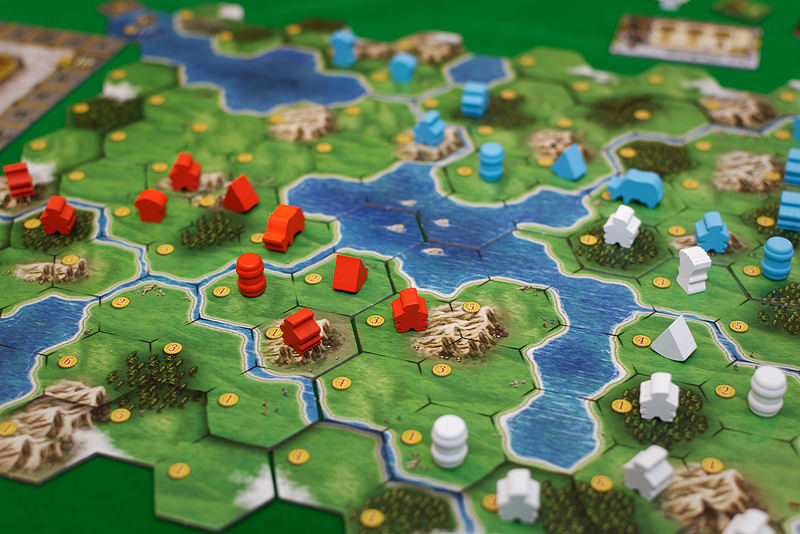

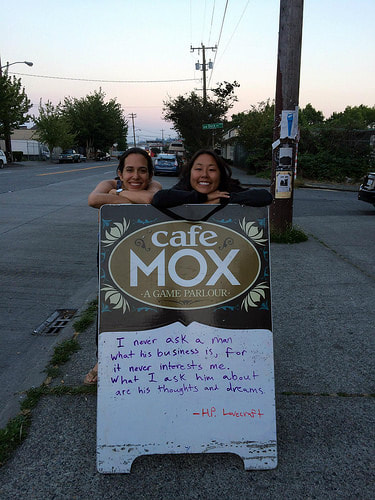
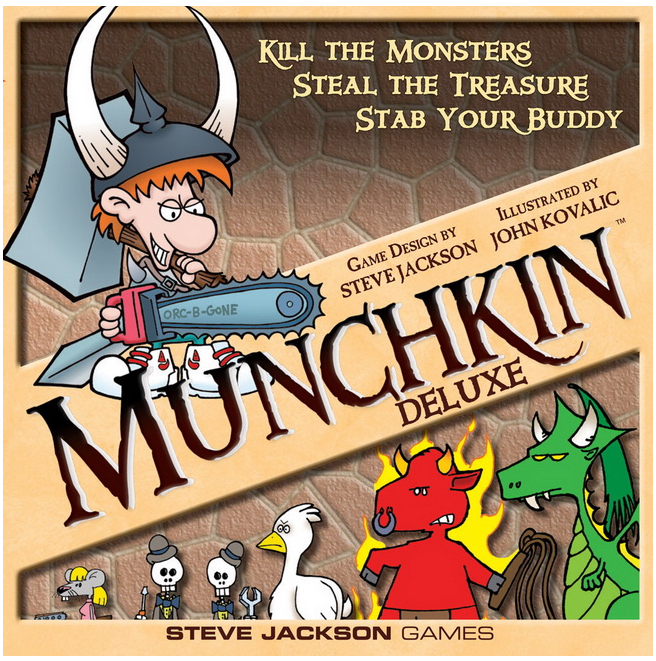
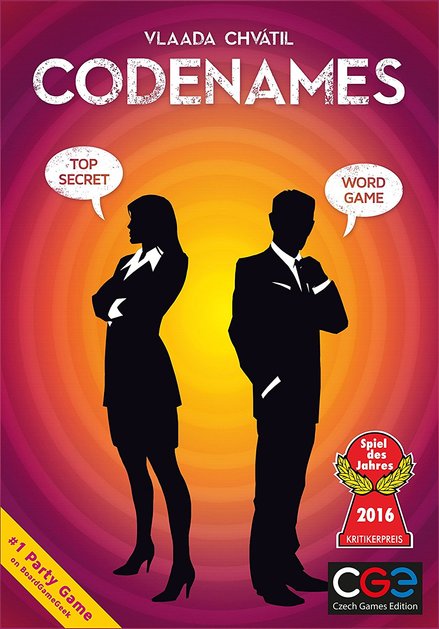
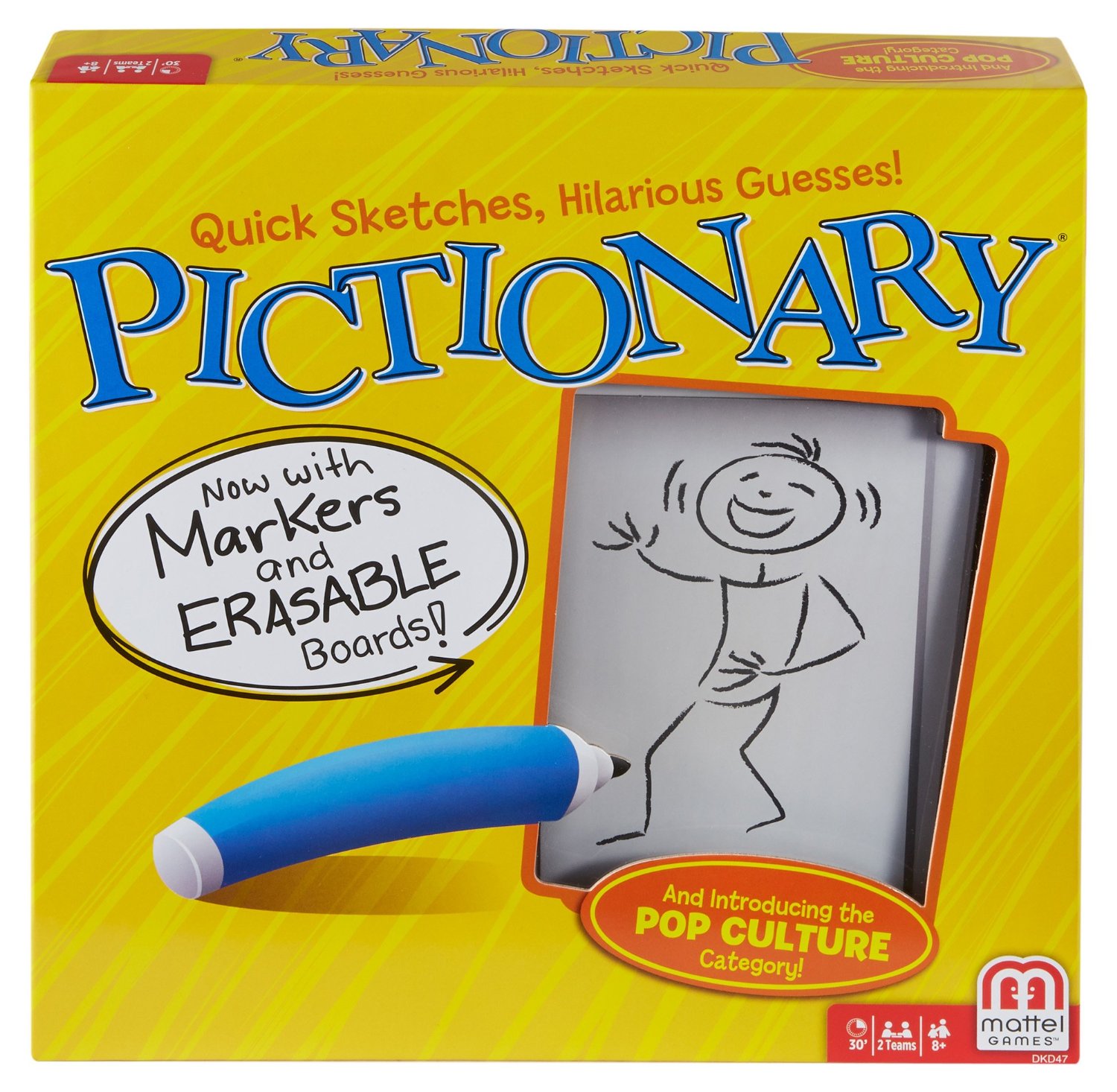
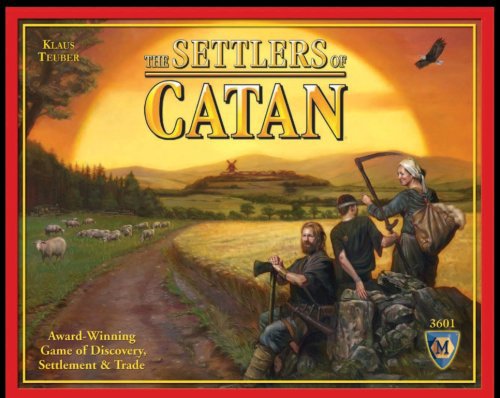
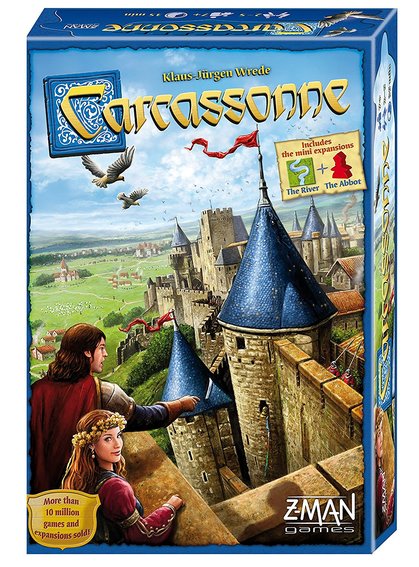

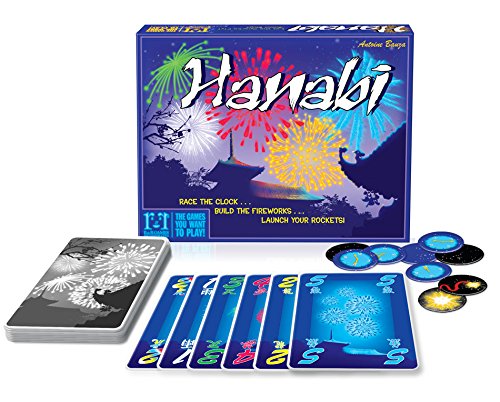
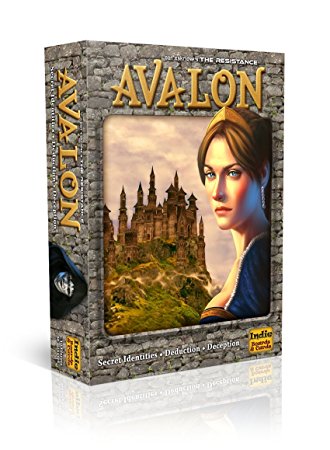
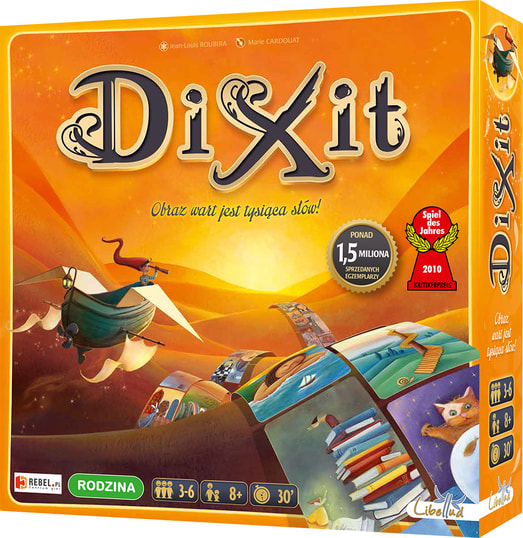

 RSS Feed
RSS Feed